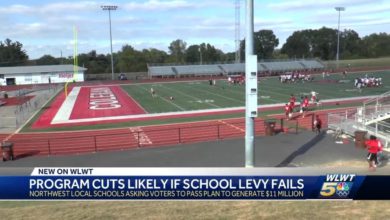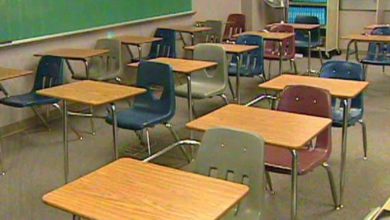
Daily TSA screenings are nearly back on track with 2019 and airlines are scrambling to keep up. Despite government bailouts, 100% of airline employees have not returned for a number of reasons.
“During the recovery, a lot of the crew members will go back and pilots will go back to equipment that they may not have flown before. And that training can take as long as six, eight, sometimes 10 weeks to get through, so it's a reasonably complex process to get that training coordinated, facilitated and, you know, put in place,” said Geoff Murray, a partner at Oliver Wyman, an aviation consulting firm.
It can also take time to get inactive employees back on the payroll and some may have decided to leave the industry altogether.
American Airlines says it will have to cut flights in July just to keep up. That could lead to flight changes for trips already booked and rising ticket prices for future flights.
Frontier is adding another fee to its bookings, claiming it offsets the cost of COVID-19 protocols. The airline will now charge an extra $1.59 each way you fly.
Meanwhile, Delta just announced an initiative to accelerate hiring.
“And I think, you know, every airline is placing its own bets in terms of what that recovery is going to look like and how they're going to be able to staff that recovery, but what I think you'll see across the board is a fairly rapid increase of capacity for every single airline,” said Murray.
As far as that government bailout money airlines received earlier in the pandemic, he says most used that to keep a certain amount of staff active while airfare prices were at an all-time low.
But as many airlines are looking to hire new employees, the FAA says it will give money to airports that keep the ones they have.
About $8 billion will be distributed to airports that keep 90% of the workers they had before the pandemic. The money will also help with airport construction projects.








